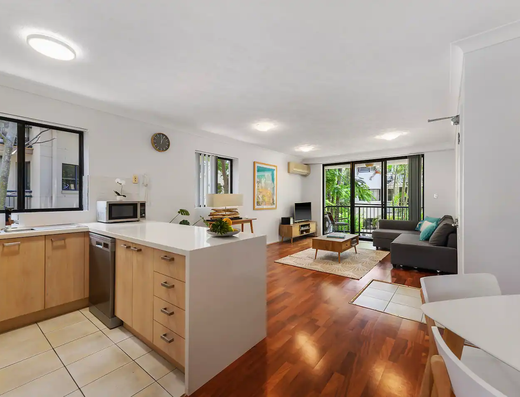Cracking the Code: Demystifying Rental Property Depreciation
Greetings, esteemed property owners and investors!
Welcome to our fascinating expedition into the world of rental property depreciation. Today, we unravel the complexities surrounding this crucial aspect of tax deductions, ensuring that you maximise your return on investment while complying with regulations. So, fasten your seatbelts and let's delve into the fascinating realm of rental property depreciation!
Understanding the Basics: What can you claim, how much, and what to keep?
To begin, it's vital to grasp the fundamentals of rental property depreciation. Firstly, depreciation refers to the decrease in an asset's value over time due to wear and tear. The Australian Taxation Office (ATO) permits depreciation claims under two broad categories: capital works and capital allowances.
Capital Works: Enhancing your Property's Value
Capital works encompass permanent improvements fixed to the rental property, such as renovations, extensions, alterations, and structural enhancements. These valuable assets can be claimed as eligible tax-deductible depreciation expenses. Imagine adding that extra room or garage, removing or adding walls, or even constructing a driveway or retaining wall—each contributing to the growth of your investment.
Capital Allowances: Unleashing the Potential of Plant and Equipment
Plant and equipment assets, on the other hand, are functional items not permanently attached to the property. They include a wide range of items that can significantly enhance your rental property's appeal and functionality. By claiming eligible tax-deductible depreciation expenses on plant and equipment assets, you can amplify your returns. Think about appliances, furnishings, and other valuable additions that make your property a sought-after gem.
Calculating the Depreciation Bounty: What's the Limit?
Now that we've explored the types of assets eligible for depreciation, let's discuss how much you can claim. The rules differ for capital works and plant and equipment assets.
For capital works assets, the deductions are spread over 40 years, with an annual rate of 2.5%. Suppose you invest $150,000 in renovating your rental property. In that case, you can claim $3,750 as a depreciation expense each year for the next four decades—an incredible opportunity to boost your investment's financial outlook.
As for plant and equipment assets, those costing $300 or less can be fully depreciated in their first year of use. Assets exceeding $300 must be depreciated over their estimated useful life. The ATO provides a helpful table with estimated useful life for various plant and equipment assets. You can either engage a quantity surveyor or estimate the useful life yourself, ensuring you can justify your calculations.
Keeping the Records Straight: The Importance of Documentation
To stay on top of your depreciation claims, meticulous record-keeping is essential. For capital works assets, maintain detailed expense records over the 40-year eligibility period, including information about construction work, commencement and completion dates, and costs incurred. This documentation will serve as valuable evidence for your claims.
For all other rental property depreciation expenses, such as receipts for plant and equipment assets, retain them for the life of the asset and an additional five years after submitting your tax return. This prudent practice ensures you have comprehensive documentation to support your financial endeavors.
Unlock the Full Potential of Depreciation
It's worth noting that, starting from 1 July 2017, claiming depreciation on second-hand investment property assets is no longer allowed unless you conduct an investment property business. However, private investors can still claim depreciation on second-hand assets installed in their property before May 9, 2017, for the remaining estimated useful life of the asset. Therefore, when purchasing new plant and equipment assets, consider your circumstances carefully to make informed decisions.
Let us be your guides on this exciting journey of rental property depreciation. By unraveling its complexities and maximising your eligible deductions.



